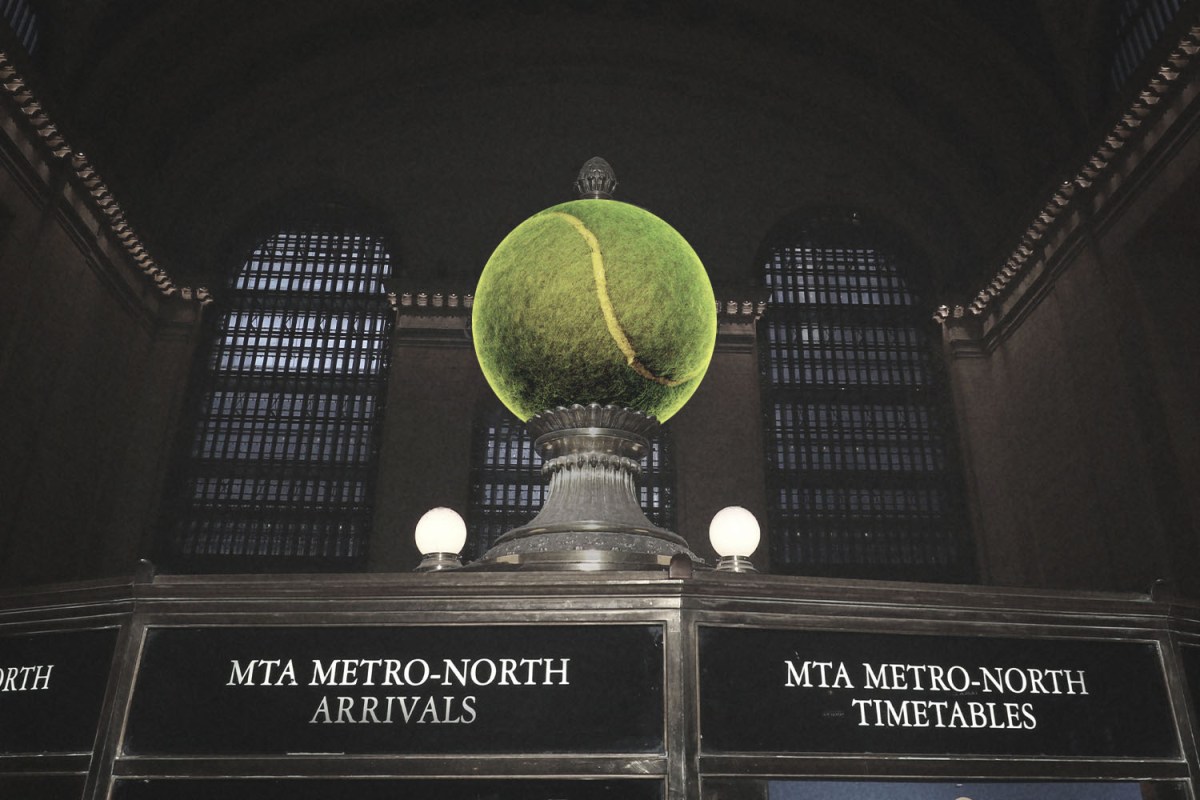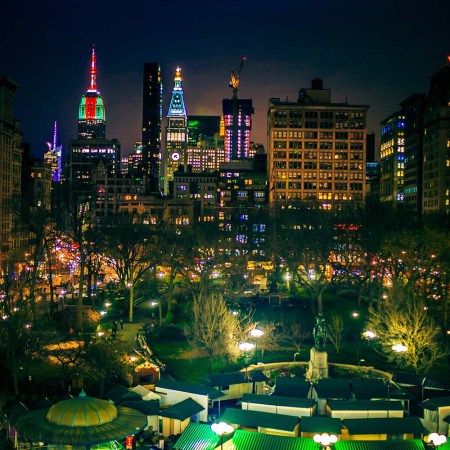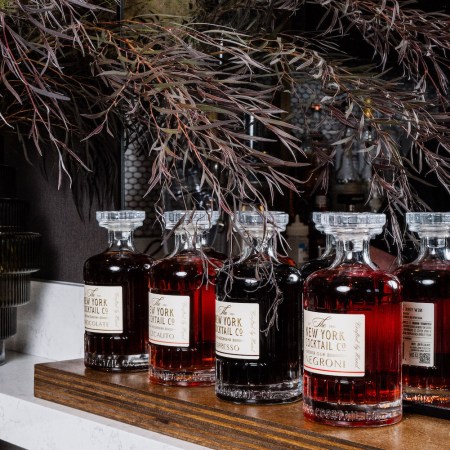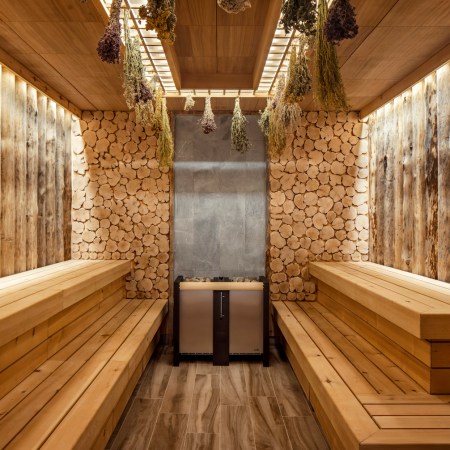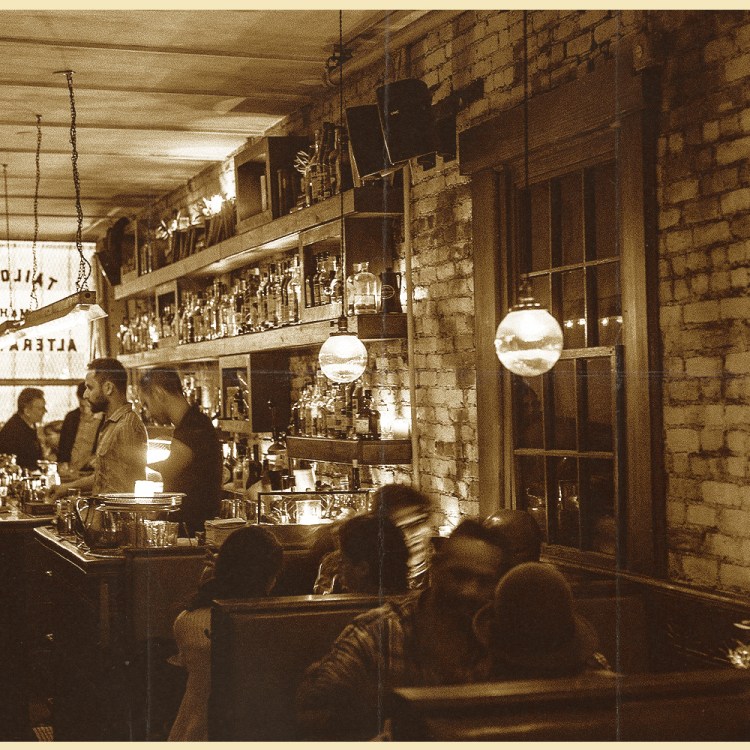A famous landmark and transportation hub all rolled into one, Grand Central Terminal is steeped in history. Most people know as much. But despite the roughly 750,000 visitors that have passed through its hall everyday since it first opened to the public in 1913, there are still plenty of things going on in there that most people don’t actually know about.
For example, there are walkways just behind the large arched windows, which connect the offices above Grand Central so the employees don’t have to cut through the terminal; there’s a super-secret, 22,000 square-foot chamber called M42 ten stories below the main concourse that doesn’t appear on any blueprints or maps of the station; a hidden, upscale cocktail lounge The Campbell sits on the balcony level, formerly the office of business tycoon John W. Campbell; an abandoned subway station beneath the Waldorf-Astoria hotel, allegedly reserved for the transport of presidents; and a corner-to-corner whispering gallery where, due to the “unusually perfect arches,” even the quietest whisper can be heard over the bustle of nearby crowds.
There is also a regulation-size tennis court on the fourth floor.
If you didn’t realize there was tennis — lots of tennis — being played inside, just below the Tiffany clock on Park Ave, let me be the first to say: you’re not the only one. But the Vanderbilt tennis court is hardly a new development.
The space, which was once an art gallery, then briefly a CBS studio (the trains shook the recording equipment too much), was transformed into the Vanderbilt Athletic Club in the mid ‘60s by a Hungarian immigrant named Geza A. Gazdag. That iteration of the space contained two tennis courts and a 65-foot ski slope made of astroturf.
A few years later, in the 1980s, the club was bought out — this time by none other than Donald Trump. For the thirty years that followed, it was frequented only by his celebrity acquaintances, all of whom were required to pay in cash. According to a report from Atlas Obscura, Trump enjoyed a month-to-month lease for the last decade, right up until 2009, when it was ultimately turned over to new ownership once again. Two more years, and a series of events later, Vanderbilt Tennis Club moved onto the fourth floor. Today, in addition to the one regulation-sized hardcourt, there’s also a junior court, two practice lanes and a fully equipped fitness room.
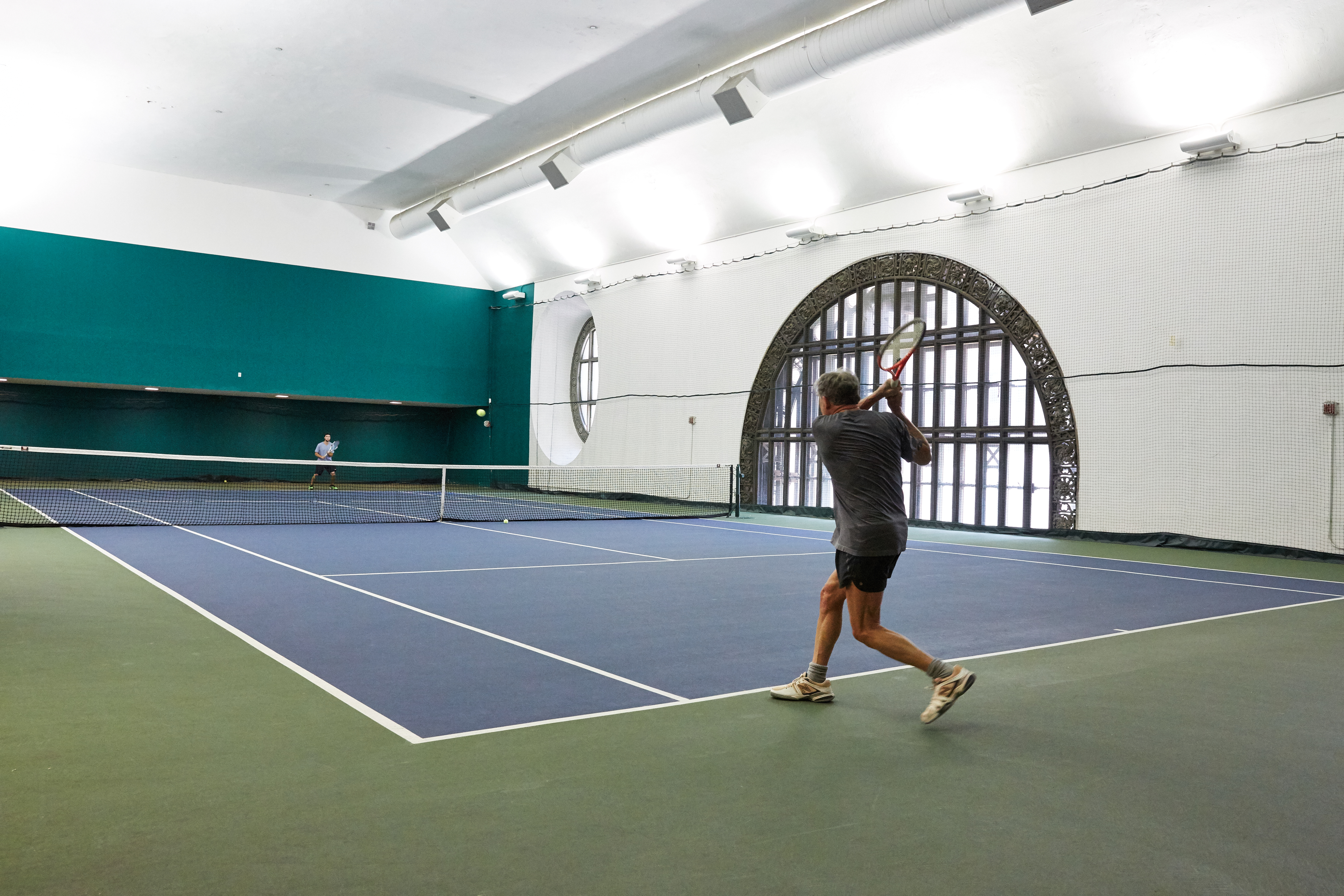
That said, knowing about the club doesn’t make it easy to find. As you can probably guess, it involves an elevator ride, though even finding said elevator is no small feat (it’s halfway down the ramp that leads to the Oyster Bar and Tracks 100-117). Once on the fourth floor, you exit out into a small and relatively nondescript lobby. From there, you follow a series of passageways — none of which feel like they’re leading you to a 2,808-square foot tennis court — that eventually lead you to the reception area.
Perhaps it’s the Vanderbilt name, or perhaps because it’s hidden from the everyday mayhem of Grand Central, but it’s often assumed that the club is of the private variety. Those assumptions are incorrect — it is actually open to the public, on a reservation-only basis, but those reservations are extremely hard to come by. When I say that there is a lot of tennis being played at Grand Central…I mean it.
In fact, when I go for a lesson with the club’s tennis pro, Dadi Zvulun, on Thursday, it’s out of sheer luck that I’m there at all — his 11 a.m. has cancelled. They’re open from 6 a.m. – 2 a.m., he tells me, and booked totally solid every single day until at least midnight. For some of the classes (which cap at six people), there is a 300-person waitlist.
“I would like [us] to remain a secret,” he adds as an afterthought, ironically.
For the next hour, I work with Zvulun on my forehand (and, later, my backhand) on the practice courts upstairs — each of which are half the size of a singles court and can be reserved in half hour increments. Despite the fact that many tennis greats, including Serena Williams and Andy Murray, have played on the full court, Zvulun believes it’s the practice courts that hold the most value — for beginners and seasoned athletes alike.
“Not all practice makes perfect. Perfect practice makes perfect,” he tells me, as he bends my wrist back into position for the 40th consecutive time. Consequently, I spend the entire hour of my lesson on the practice courts. We both agree it’s for the best.
For his part, Zvulun has been playing tennis for around 35 years. He’s been with Vanderbilt since 2011, when it first came to Grand Central. In the early days of his career as an instructor, he estimates that he would spend somewhere between 40-50 hours a week on the courts. Now, a man of many talents — piano and woodworking, among them — he’s whittled it down closer to 20.
Time on the court aside, though, he obviously spends an exorbitant amount of time at the club, and — by his own admonition — not a lot of that is at his leisure. So where, then, does a tennis pro who works at a semi-secret club, in one of the most famous buildings in New York City, play tennis when he’s not there?
“I don’t,” he laughs.
At 12 p.m. sharp, Zvulun informs me that our time together has come to an end (though, I’ve arguably learned more from him in the past hour than I have in all of the last 31 years combined). His next lesson, what appears to be a two-some, is already waiting for him on the court downstairs. I take the elevator back down to the terminal and grab the seven.
This article was featured in the InsideHook NY newsletter. Sign up now for more from all five boroughs.
